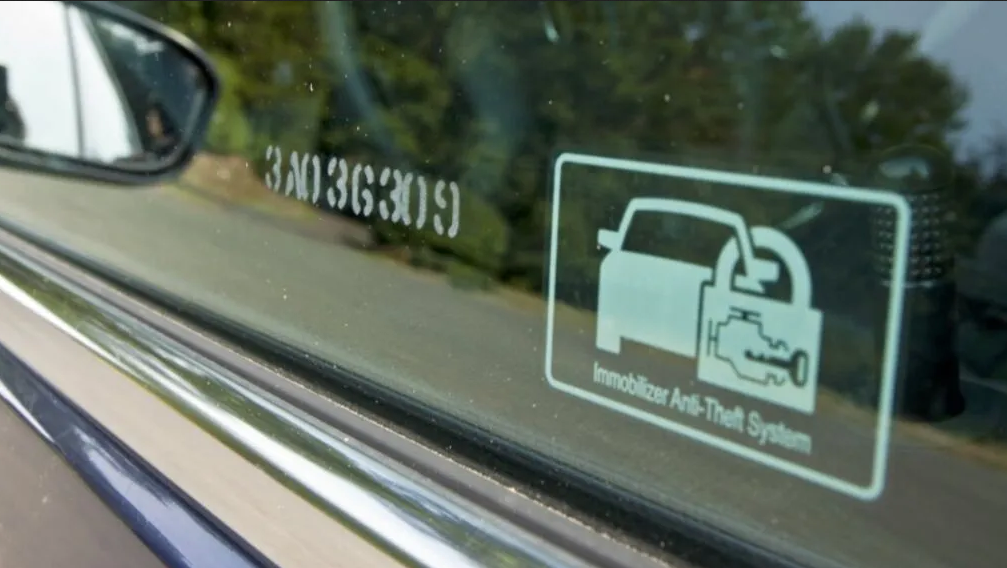Did you think the record high without inflation adjustment in oil and gas prices from Hurricane Katrina last September was just a blip on the radar? If you did, you may be in for a very rude awakening. Directly below are some very compelling reasons why this may be the case.
In the late 1970s and early 1980s, car ownership in China was virtually non-existent. China’s highways, once synonymous with bicycle packs, are experiencing an explosion of car traffic fueled by the nation’s growing consumer class. Last year, car sales in China exceeded 5 million units. China is now the fastest growing auto market in the world. However, even with this recent increase in car ownership in China, the market remains largely untapped. Today, significantly less than two percent of China’s population, 1.3 billion people, is estimated to own a car, but with cheaper models and a growing used car market, car ownership in China it is constantly increasing.
The rate of decline in oil production, sometimes referred to as the Hubbert production curve or peak oil, in several of the world’s major oil fields has been considerably steeper than expected. For example, the UK has now become a net importer of crude oil and its production is falling rapidly. Crude oil production in the UK is currently below 2 million barrels per day and appears to have reached its all-time peak of 2.9 million barrels in 2000.
A shortage of unleaded gasoline is likely to hit this summer because the US ethanol industry cannot keep up with demand for fuel-grade alcohol to blend with gasoline.
Ethanol imports could possibly meet demand, but are currently subject to a fee of 54 cents per gallon.
The ongoing standoff between the United States and Iran, OPEC’s second largest oil producer, over Tehran’s nuclear power ambitions is also putting upward pressure on the crude oil market. Although Iran has claimed in the past that it will not use oil as an economic weapon, that could change at any time. Iran recently officially went nuclear with the first successful uranium enrichment. So the whole Iran situation is tense at best.
AccuaWeather forecast that the 2006 hurricane season, which begins June 1 and ends December 1, will be more active than normal. Given the current fragile state of refining capacities within the US, any potential damage to those facilities from hurricanes this summer could have a dramatic effect on prices.
Due to political instability and increased violence in Nigeria, oil companies
they have suspended the production of more than 600,000 barrels of crude oil per day.
Don’t expect quick fixes to these long-term problems in Nigeria. Today, more than 20 percent of Nigerian production remains stagnant after militant attacks.
The demand for crude oil is increasing at a very fast rate. Currently, it is rising at around 1.75 million barrels per day. Even with Saudi Arabia’s vast crude oil resources, the market won’t be able to cope without some clampdowns. In addition, the water content is increasing in the former super-giant oil fields of Saudi Arabia. Known as the water cut, rumors are now circulating that the water content exceeds 50 percent. When it gets to 80, it’s mostly game over. Of course, the water cut is considered a state secret in Saudi Arabia for obvious reasons.
Many of the world’s major oil fields are very old and are potentially nearing or already past their peak production. There are about 120 oil fields in the world that produce half of the world’s crude oil supplies. The top 14 fields, which account for 20 percent of the world’s supply, are over 50 years old. In Saudi Arabia, which contains a quarter of the world’s entire oil supply, there are just five major fields that produce 90 percent of its supply.
It was estimated after the invasion of Iraq that this area would produce about 5 million barrels of oil in the future. However, plans to develop Iraq’s infrastructure have been scrapped due to relentless attacks by insurgents, as well as the threat of a possible civil war. Although, even with a peaceful Iraq, the two oil fields that comprised about 80% of its crude oil production in the past are in very poor condition.
Crude oil prices recently broke out of a long-term bullish symmetrical triangle trend continuation pattern. For those without a working knowledge of technical analysis, this is a very common type of trend continuation pattern.
All of these points really lead to the possible “perfect storm” when it comes to oil prices. Oil is used in many of the products we buy every day. There are some people who agree with our predictions and believe that we should turn to alternative fuel sources. This is a good idea, but it’s really logistically impossible to stop using oil. So how does this affect the common person? The only way one could potentially deal with such potential calamities, as any of these many scenarios will pose, is proper preparation. I’m afraid just driving a hybrid won’t cut it.





